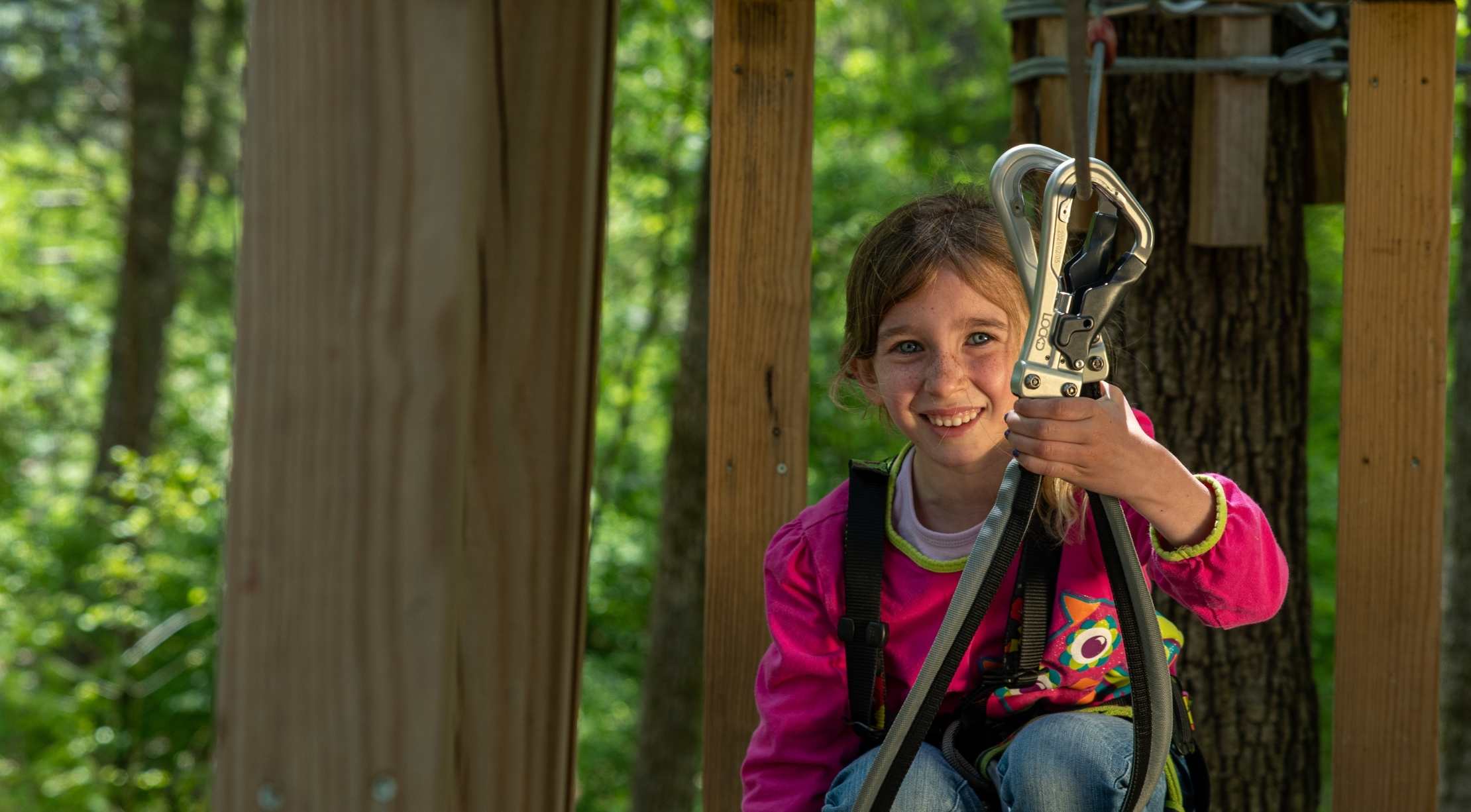
Operators can utilize a lower number of workers to supervise a larger number of participants using a keyed smart belay system. Staff are usually supervisory, monitoring a bigger zone and only needing to assist on rare instances because the keyed smart belay system does not enable the participant to separate from the lifelines and self-directs them along the course.
Hiring, training, and maintaining excellent employees is a constant struggle for aerial adventure park and ropes course operators, especially those that operate seasonally. Operators are continually seeking for methods to improve their staffing efficiency and work satisfaction without sacrificing the participant experience.
Your operation’s safety system is one unexpected area where it can help. Staffing costs can be cut while participant engagement and safety are maintained by using a keyed smart belay system.
What is a keyed smart belay system?
A smart belay system is considered a type of continuous belay used as a personal safety system for keeping participants attached to lifelines throughout the course. Smart belay systems typically consist of a dual-lanyard, dual clip design in which one clip is always locked when the other is unlocked.
The differentiator of a keyed smart belay system is that participants use a type of “key” to lock their clips only where designated. The placement of these keys ensures only lifeline cables can be used by the participant and prevents other
cables, such as guy-wires, from being used.
How does a keyed smart belay system reduce staff cost?
With a keyed smart belay system, operators are able to use a smaller number of staff to supervise a larger number of
participants. Because the keyed smart belay system does not allow the participant to detach from the lifelines and self-directs them along the course, staff are generally supervisory, monitoring a larger zone, and needing to assist only on rare occasions. Thus the participants guide themselves and staff are available for verbal assists from the ground and physical assists when absolutely needed.
With fewer staff needed to operate a course, overall costs and hiring needs are lower. Staff act as course monitors, being in a general area, rather than having to keep extra close eyes on participants using non-smart belay systems.
In Europe, it is even standardized that you may only use less staff with such a system. The EN 15567 defines the LockD Clips as a Type D System. Type D Systems need significantly less supervision than Type C or Type B systems. Using a
keyed smart belay system will also usually lower your insurance cost.
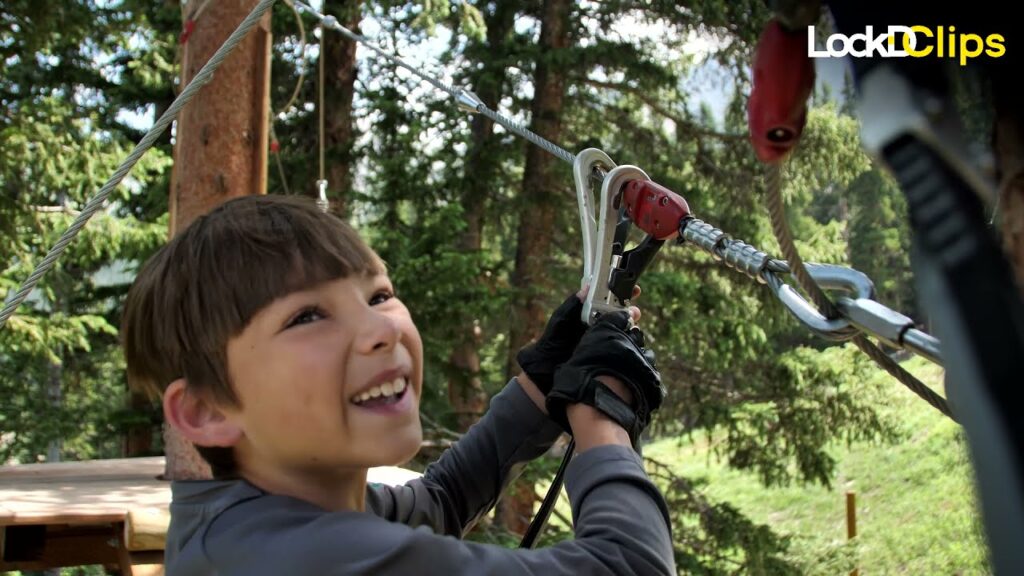
What makes LockD Clips the best keyed smart belay system on the market?
As a smart belay systems, LockD Clips allow the climber to choose different trails, pass slower climbers and engage with vertical as well as horizontal elements, providing greater control and flexibility in the activity.
With the simple “always-locked” design, LockD Clips safely hands the ropes and reins back over to the climber for an autonomous experience with utmost safety. And with LockD Clips having traditional carabiners heads, the participant is immediately familiar with its functionality. LockD Clips combines the best of all worlds – safety, engagement and
familiarity – to give participants engaged in the activity the best experience possible.
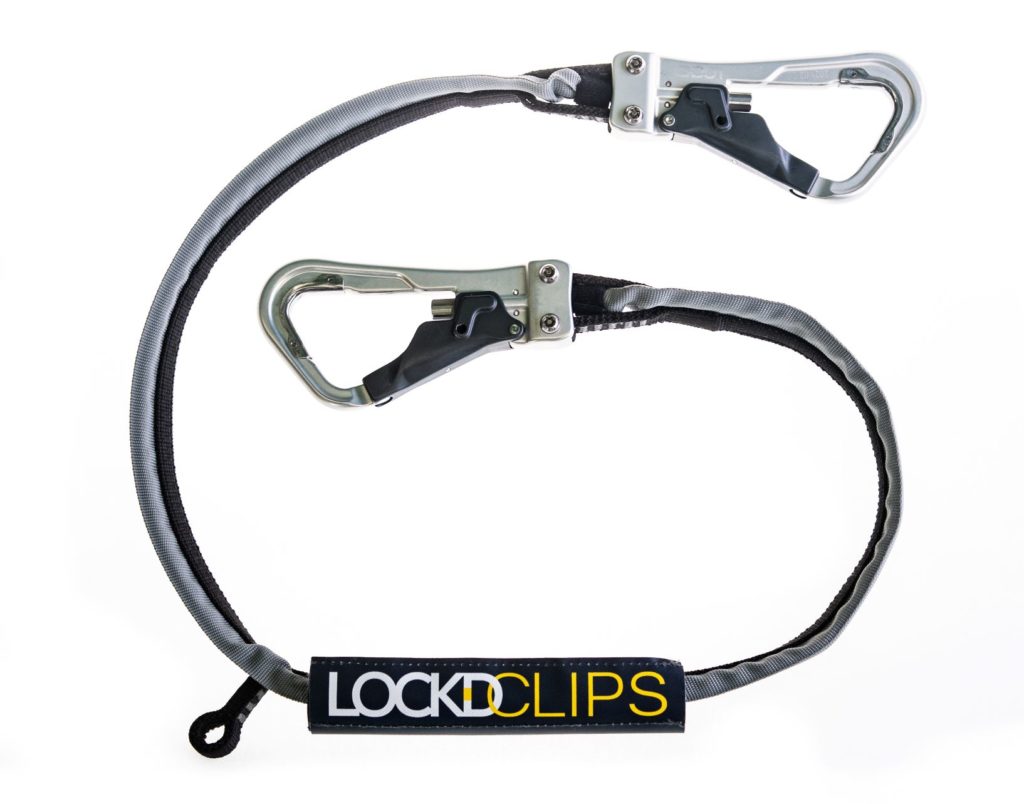
LockD Continuous Self-Belay system
LockD Clips is the adventure recreation industry’s most advanced integrated carabiner system. The next evolution of “always locked” smart belay systems, the LockD Clips system is designed specifically for the needs of adventure recreation operators and participants.
Smart belay systems for adventure parks, such as LockD Clips, also allow the climber to choose different trails, pass slower climbers and engage with vertical as well as horizontal elements, providing greater control and flexibility in the activity. With our simple “always-locked” design, LockD Clips safely hand the ropes and reins back over to the climber for an autonomous but trustworthy experience.
Ascend to New Heights: Expert Insights on Ropes Course Technology
Ropes courses offer exhilarating challenges and unforgettable experiences. This article explores the core technology behind them. But to truly scale the heights of knowledge, check out our additional resources featuring expert opinions on the latest advancements and best practices in ropes course design and operation.
- Aerial Safety: Exploring High Ropes Course Belay Systems
- Safe Ropes Course Adventures
- Harnessing Innovation: Next-Generation PPE for Adventure Parks
- Why Keyed Smart Belay Systems Reduce Costs
- Exploring High Ropes Course Belay Systems
- Advanced Rescue Devices in Aerial Adventure Courses
- Top Picks for Best Ropes Course Equipment Season 2023
- Smart Belay for Authentic Climbing Experience
- Edelrid Novelties: Highlights High work and tree care
- Using LockD Clips with Vertical Auto Belays
- Considerations when designing ropes courses and adventure parks?
- Choosing the right Belay System
- Continuous Belay for Ropes Courses
- Ropes Course Rescue Innovations
-
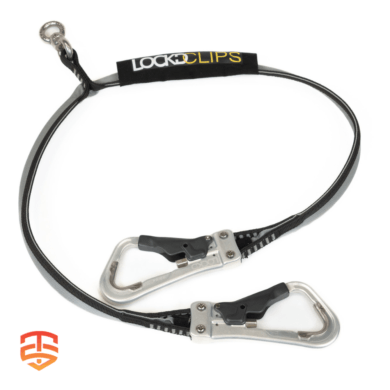 LockD Clips Swivel | Continuous Self-Belay€ 371,00 Ex VAT
LockD Clips Swivel | Continuous Self-Belay€ 371,00 Ex VAT -
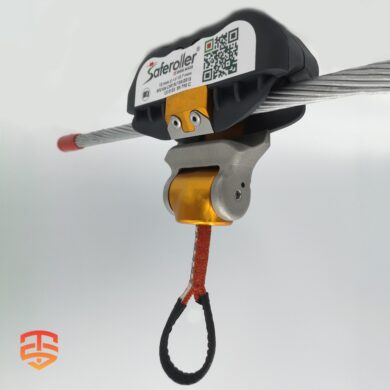 Saferoller Trolley V3 (PPE)€ 245,00 – € 259,00 Ex VAT
Saferoller Trolley V3 (PPE)€ 245,00 – € 259,00 Ex VAT -
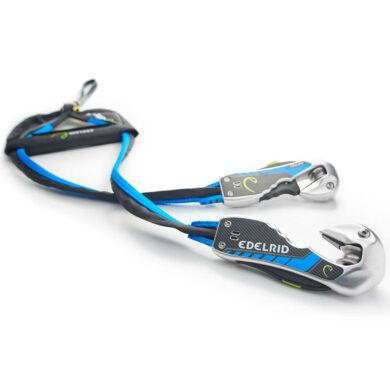 Edelrid Smart Belay X | Magnetic Locking Mechanism€ 420,00 – € 485,00 Ex VAT
Edelrid Smart Belay X | Magnetic Locking Mechanism€ 420,00 – € 485,00 Ex VAT







